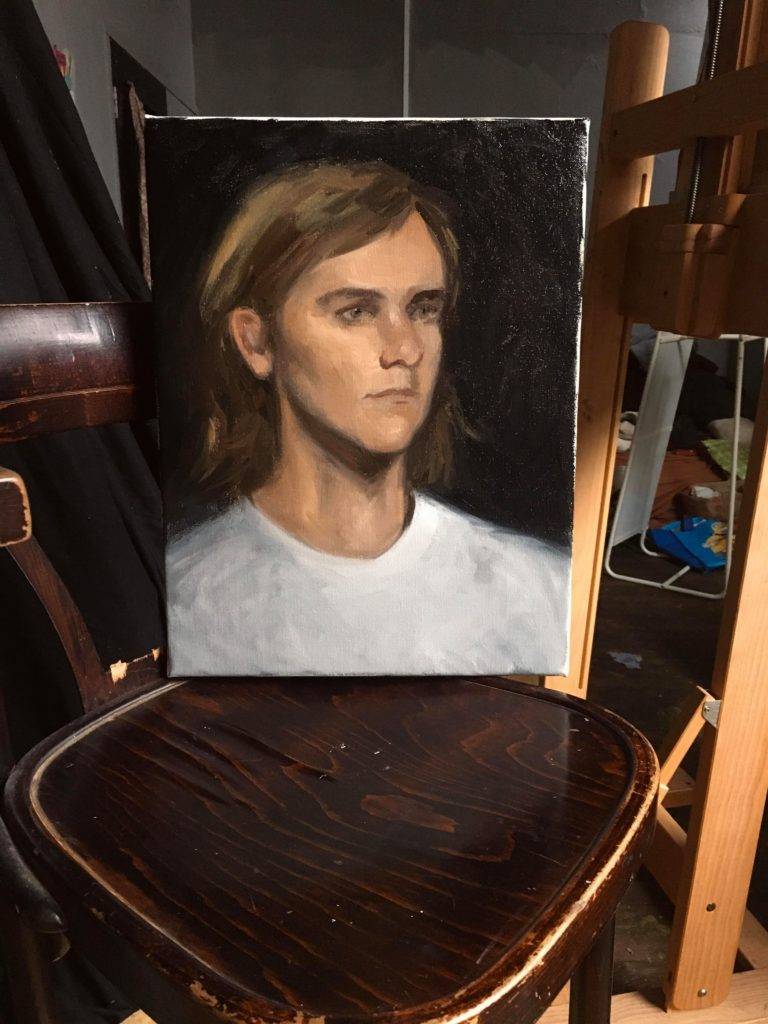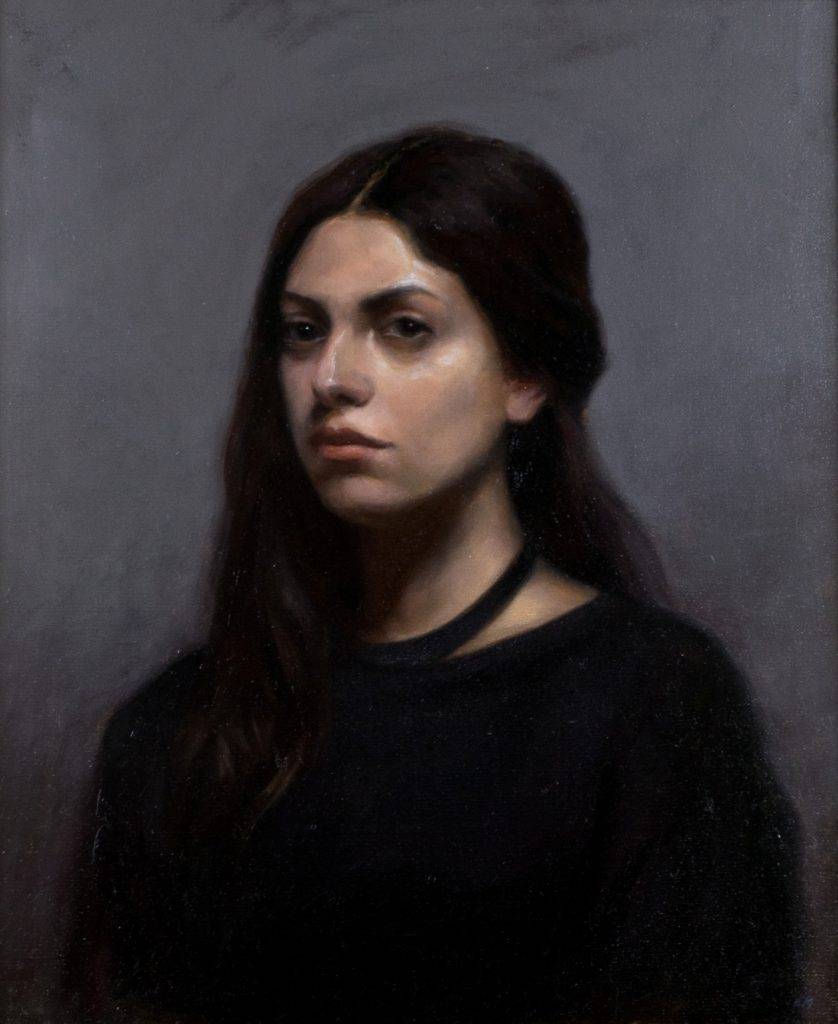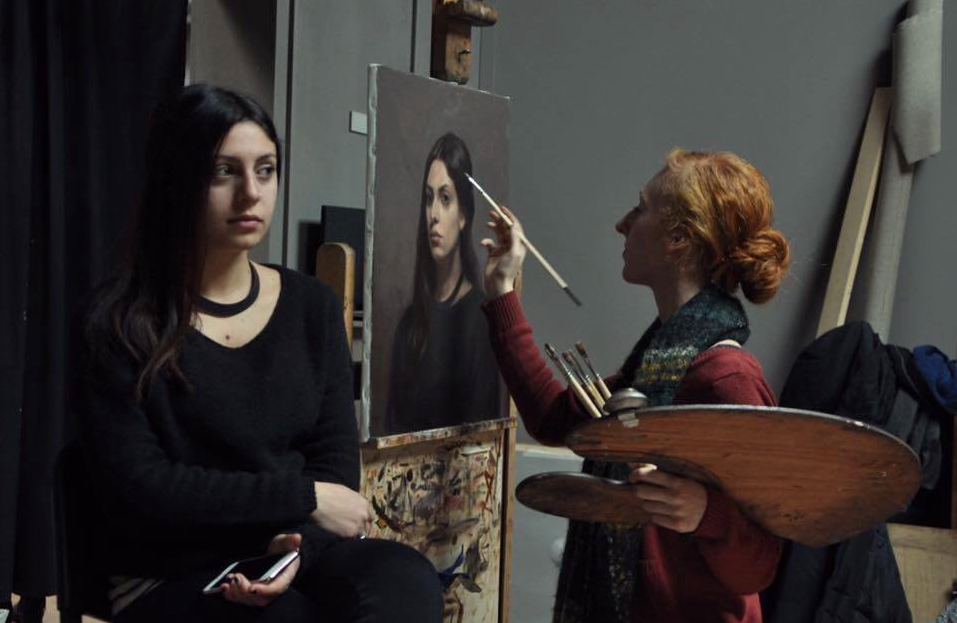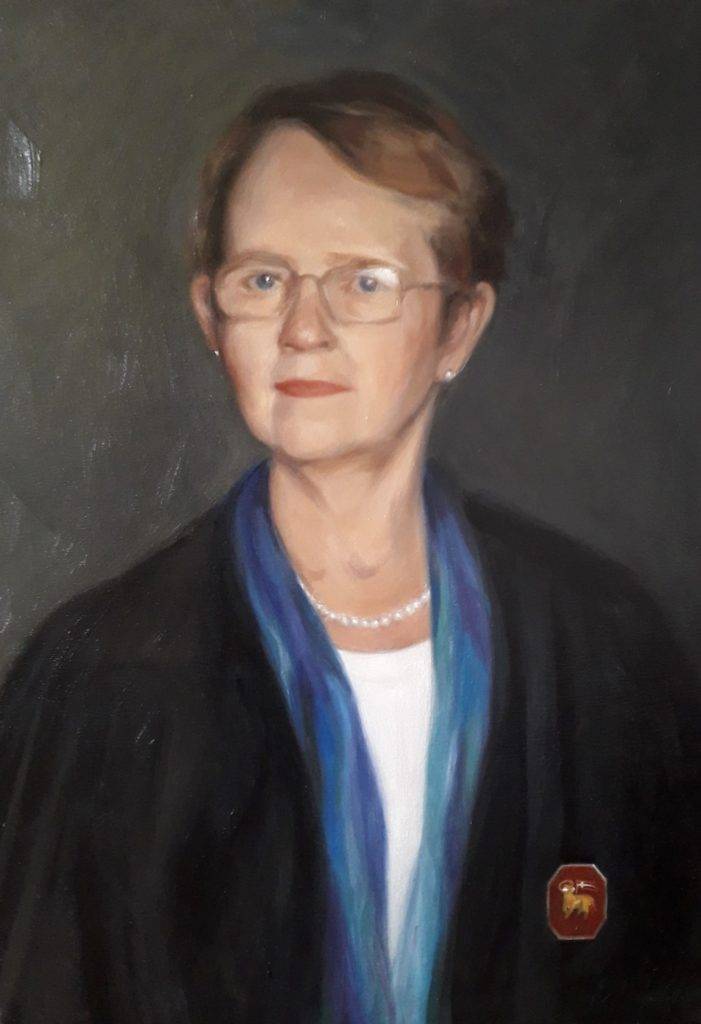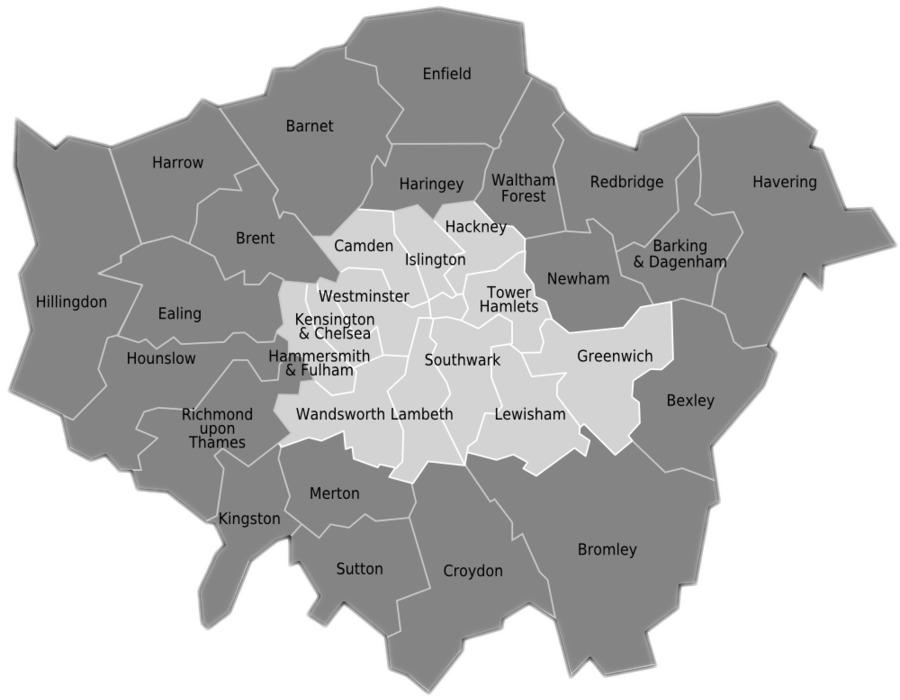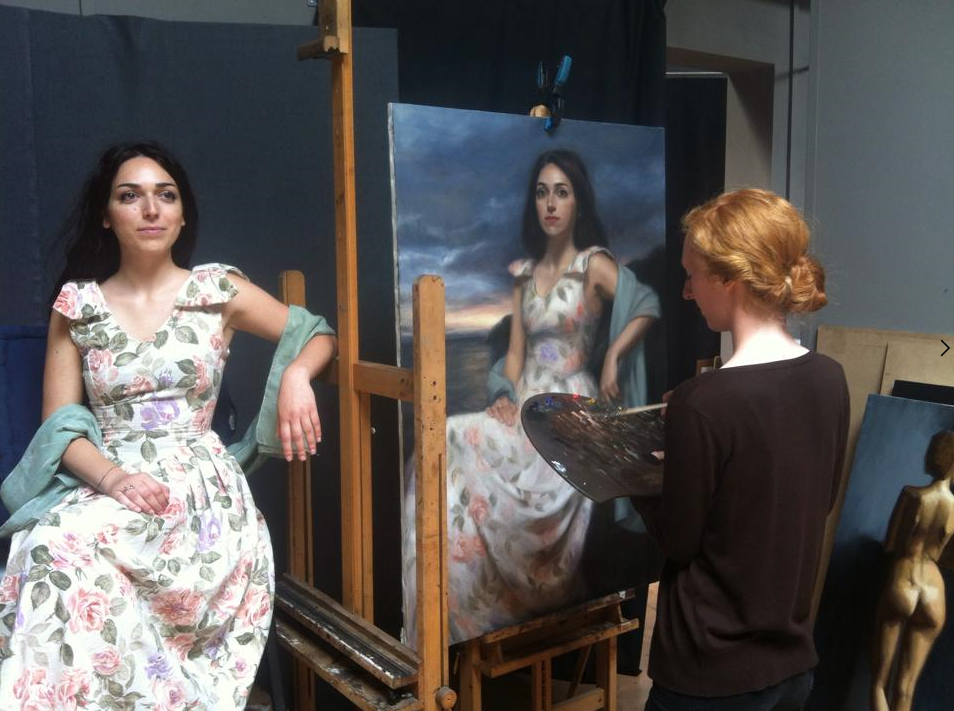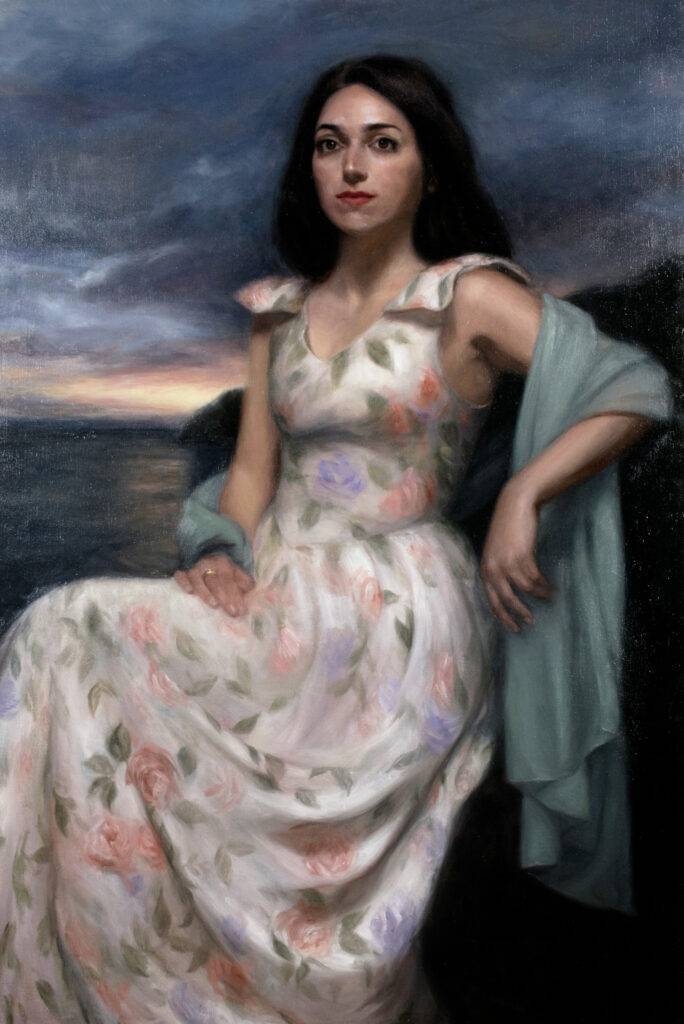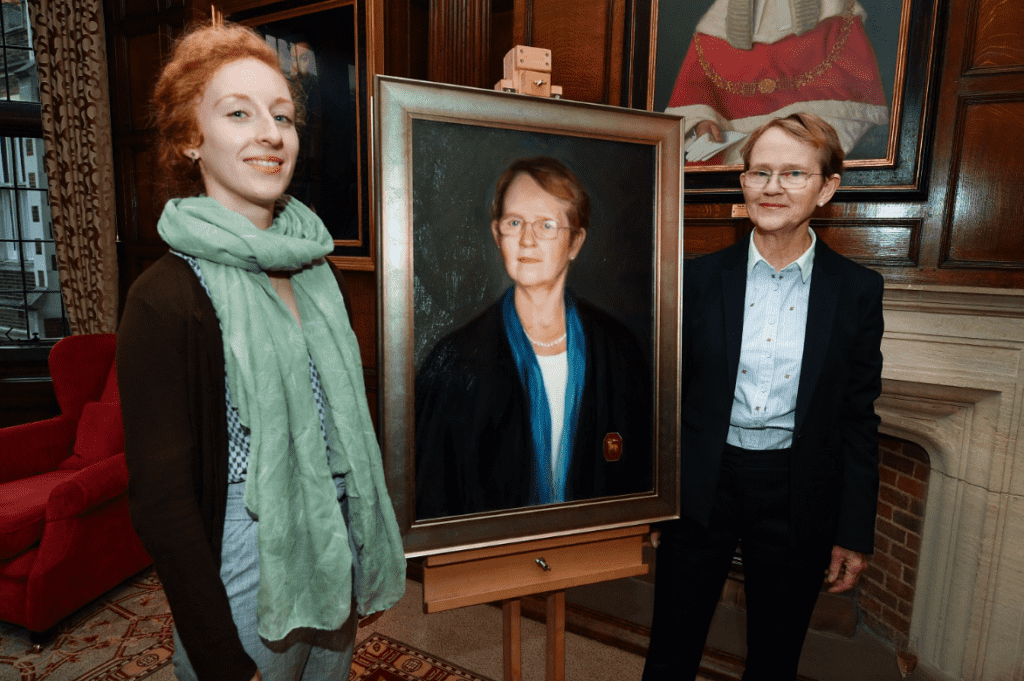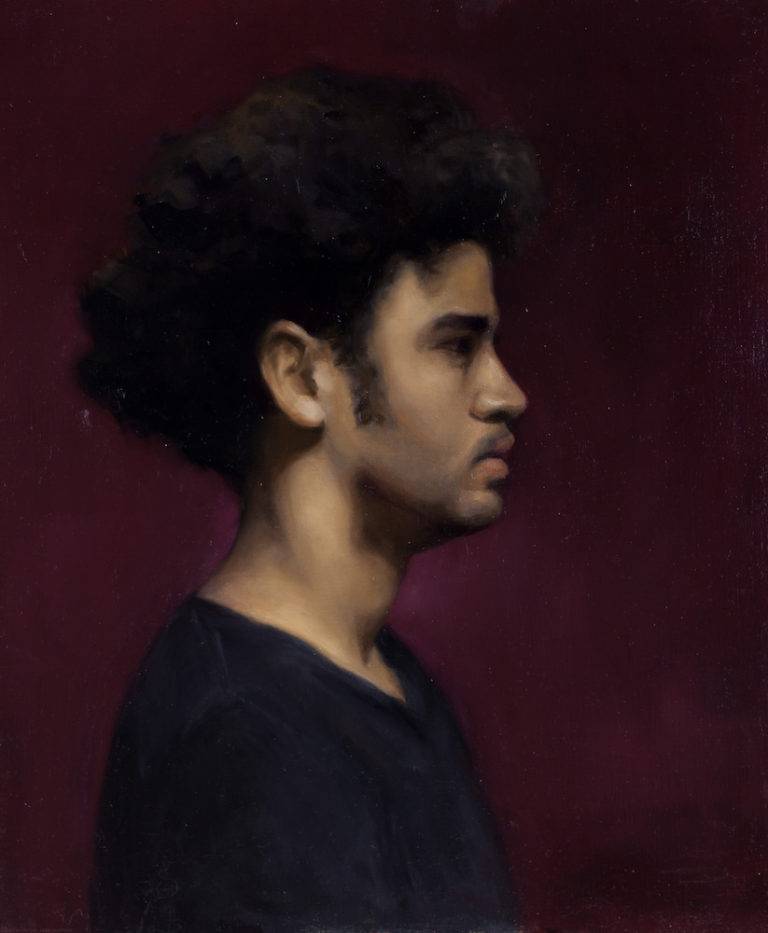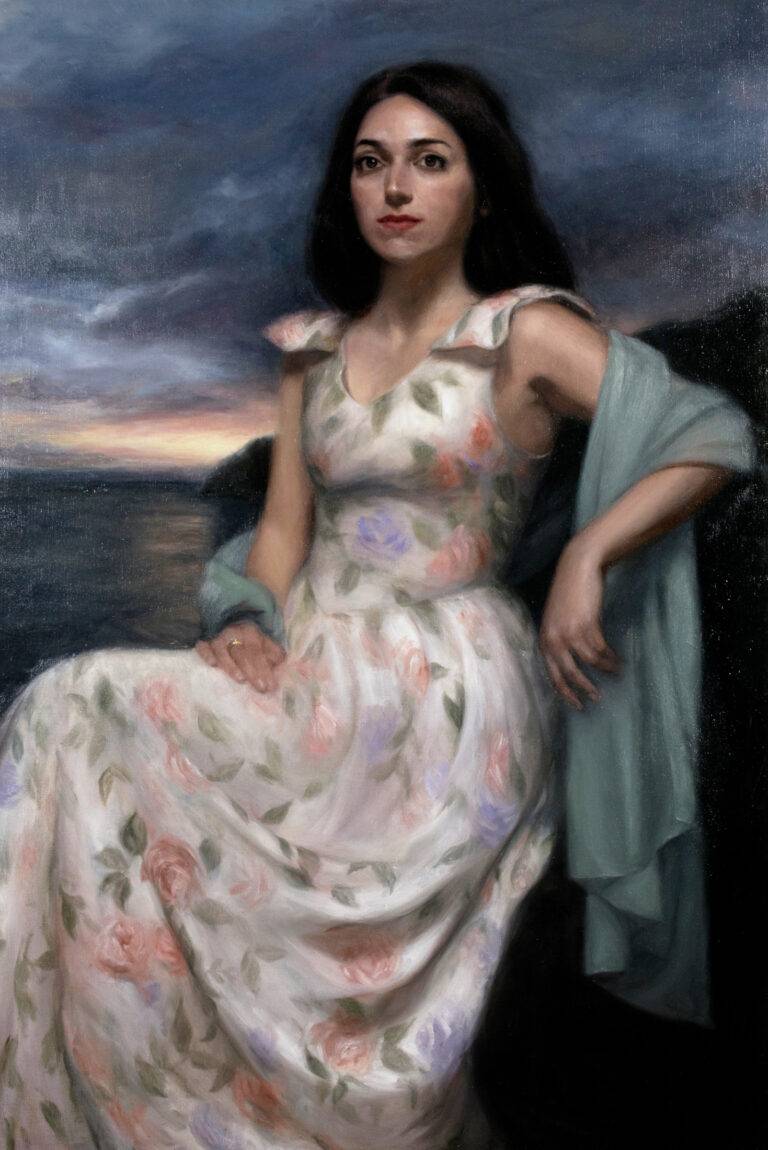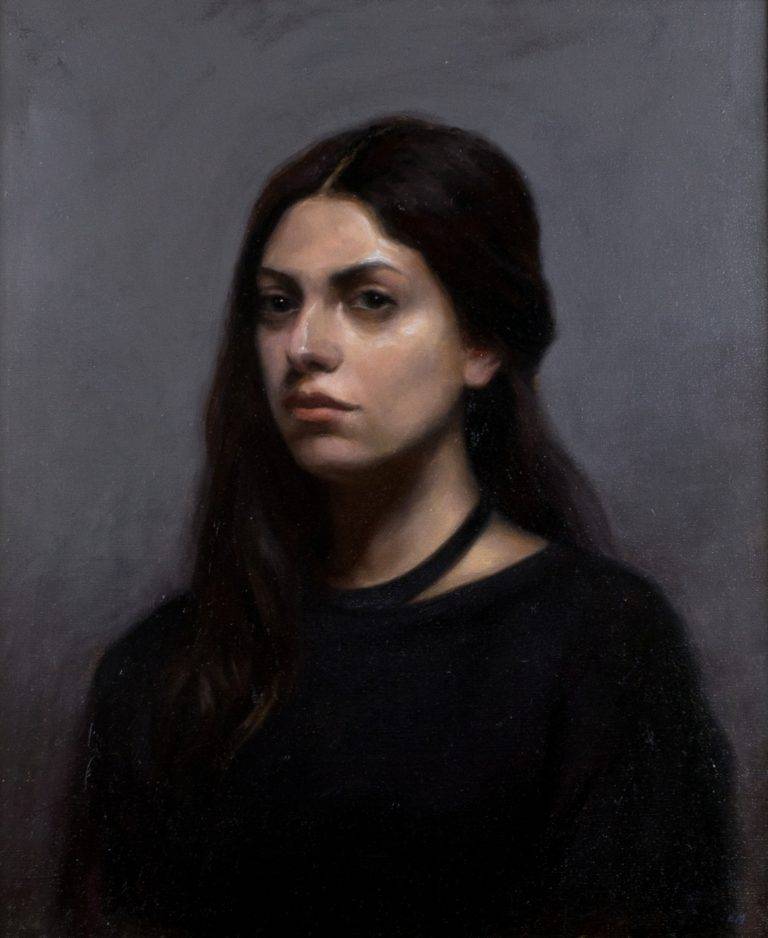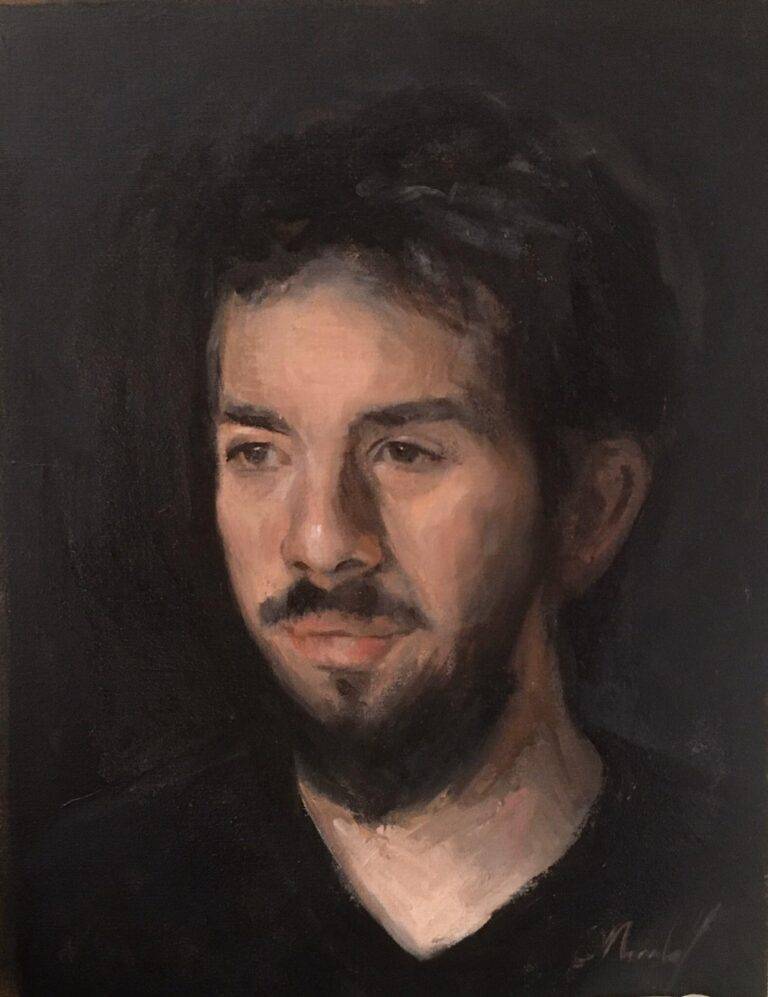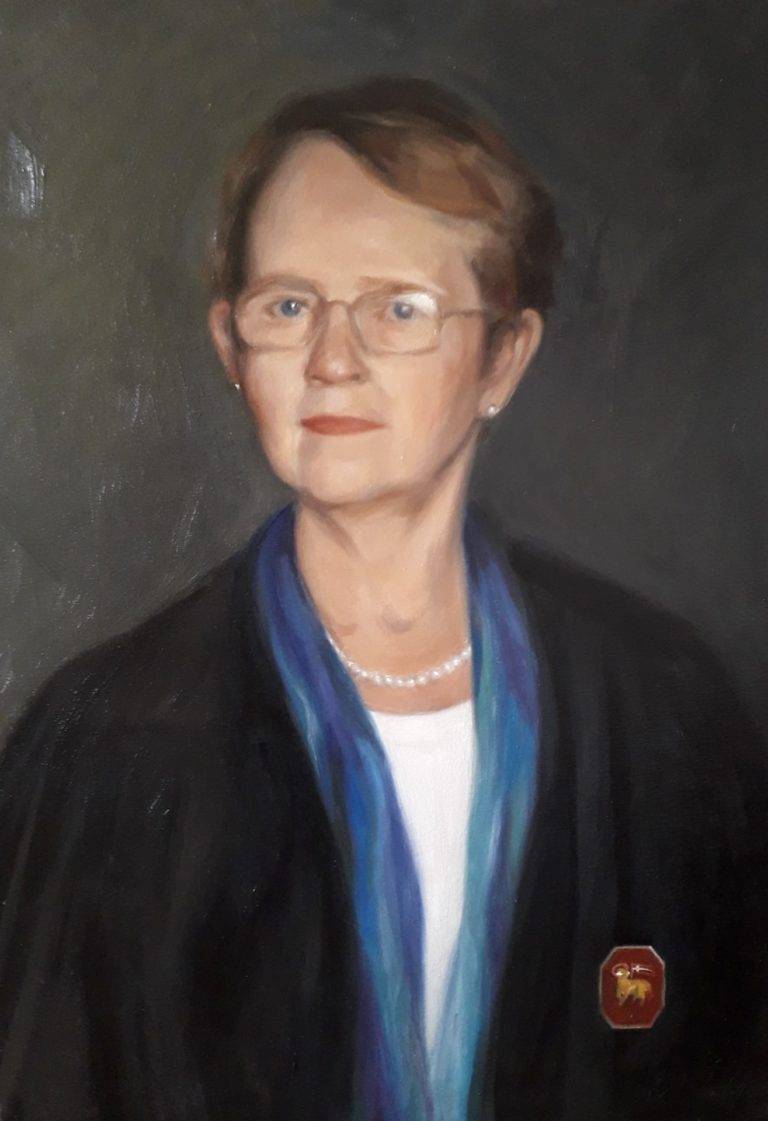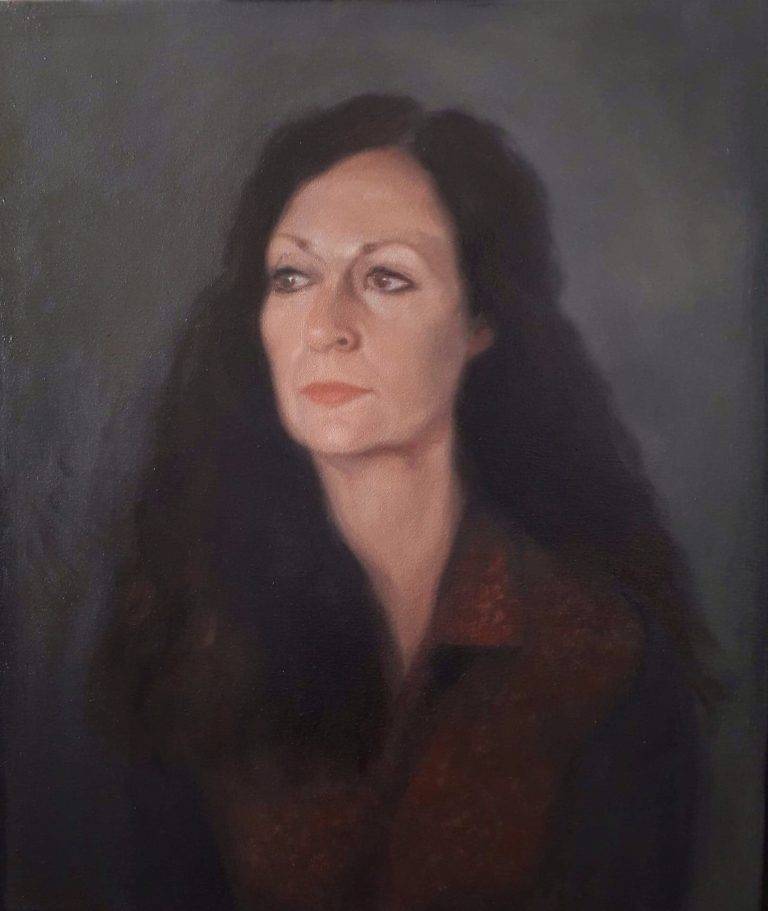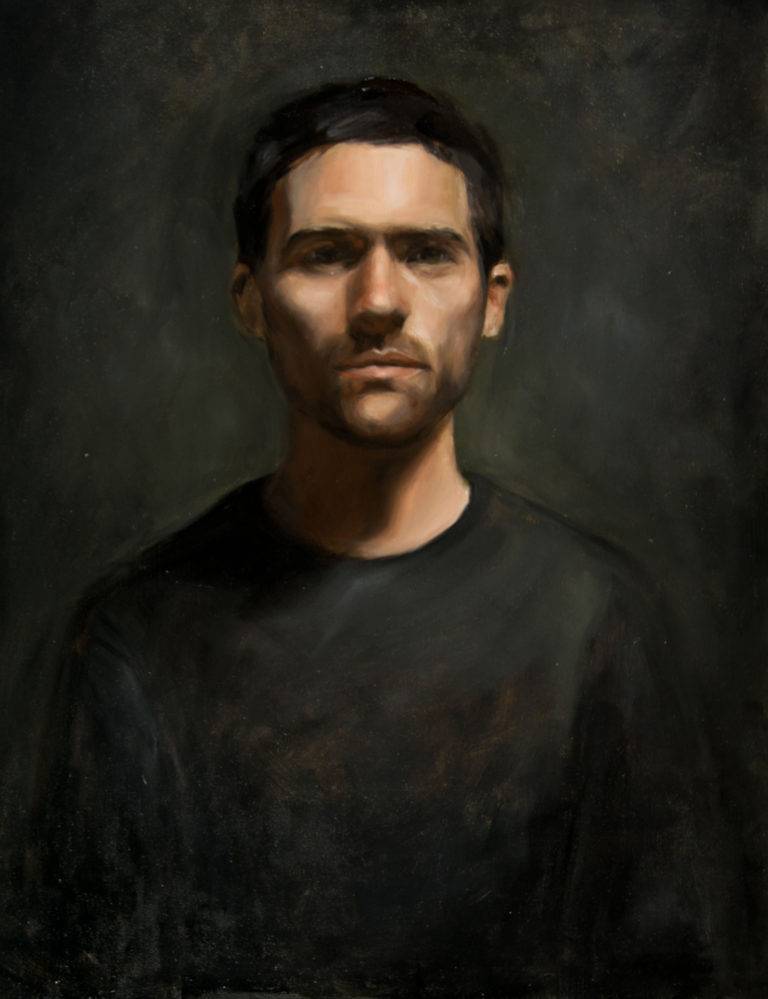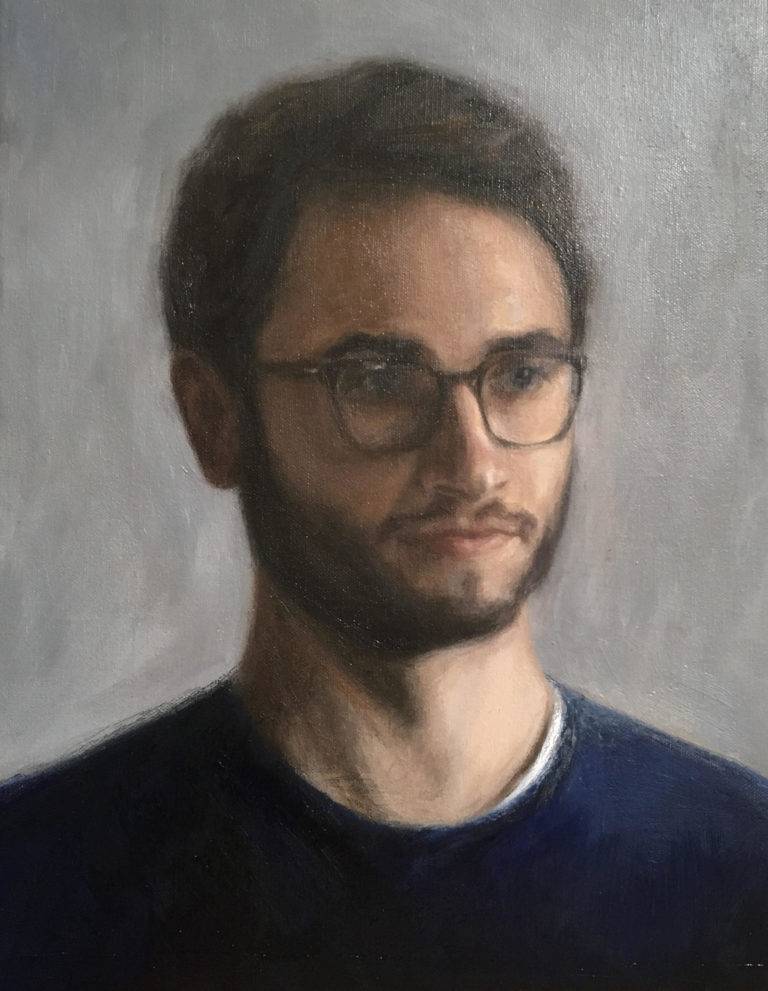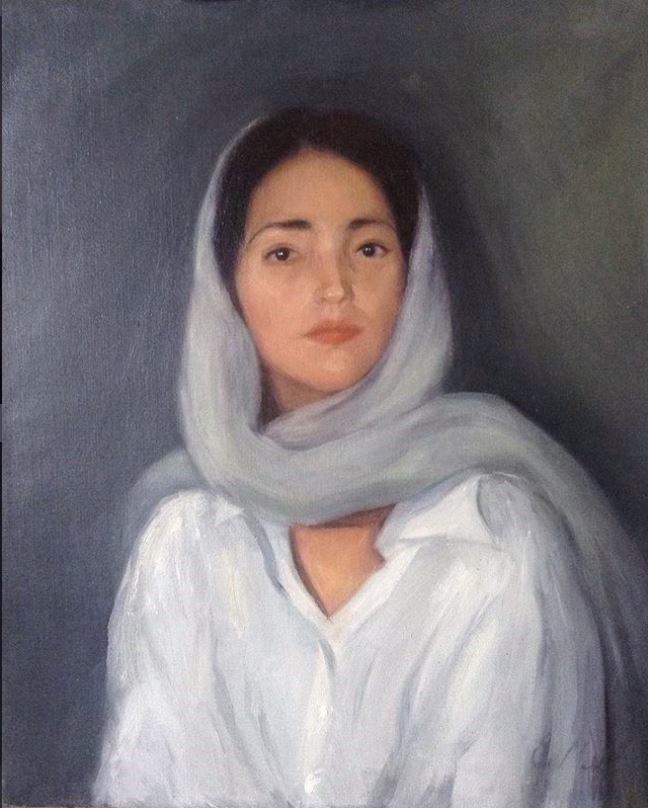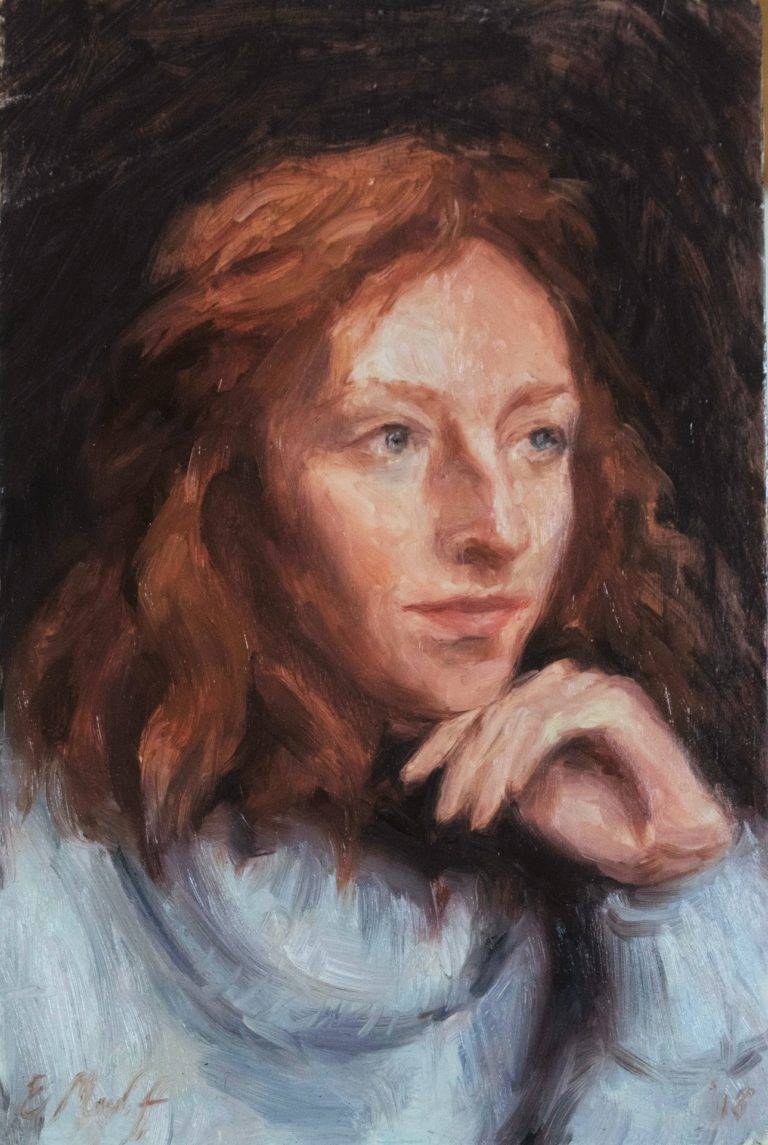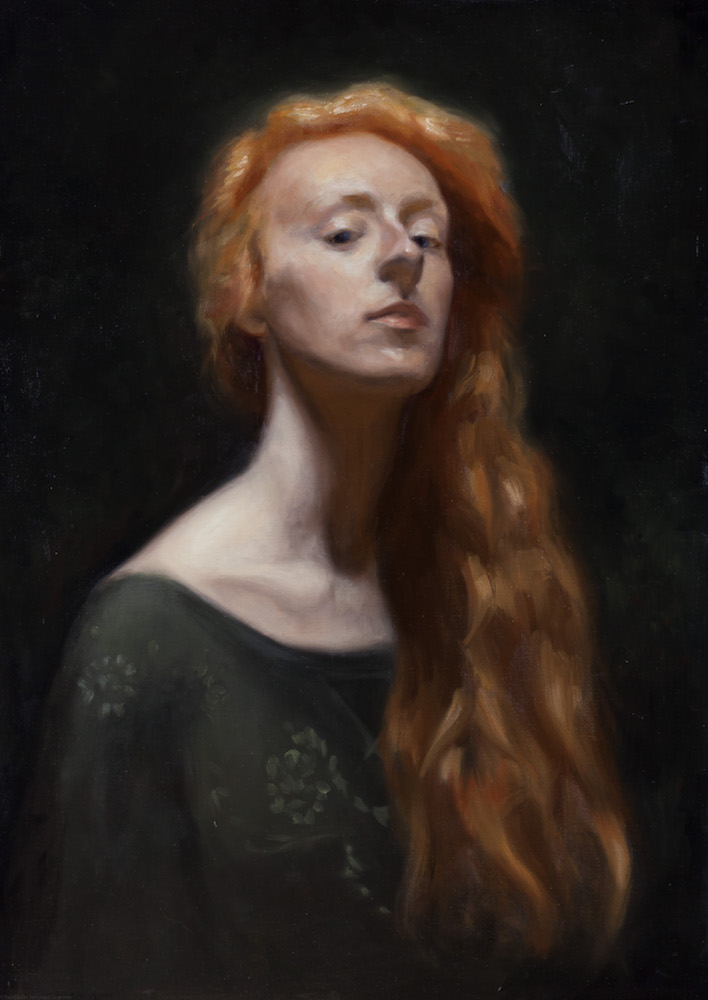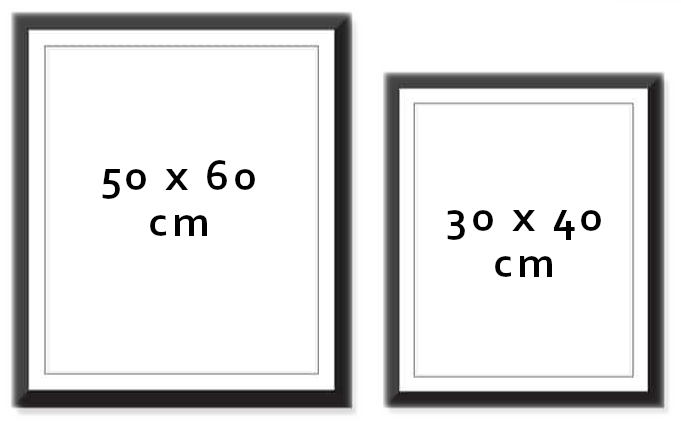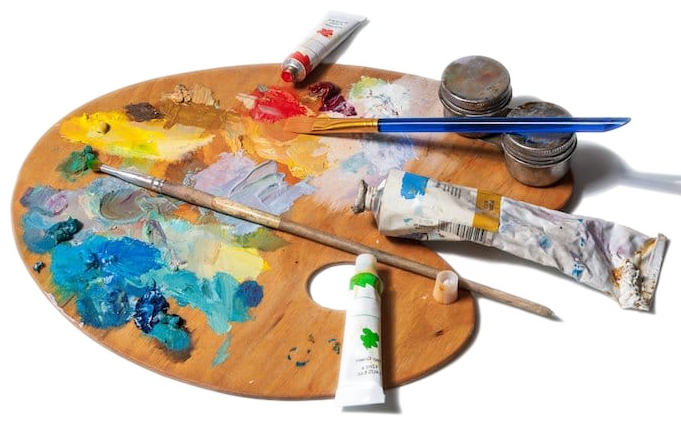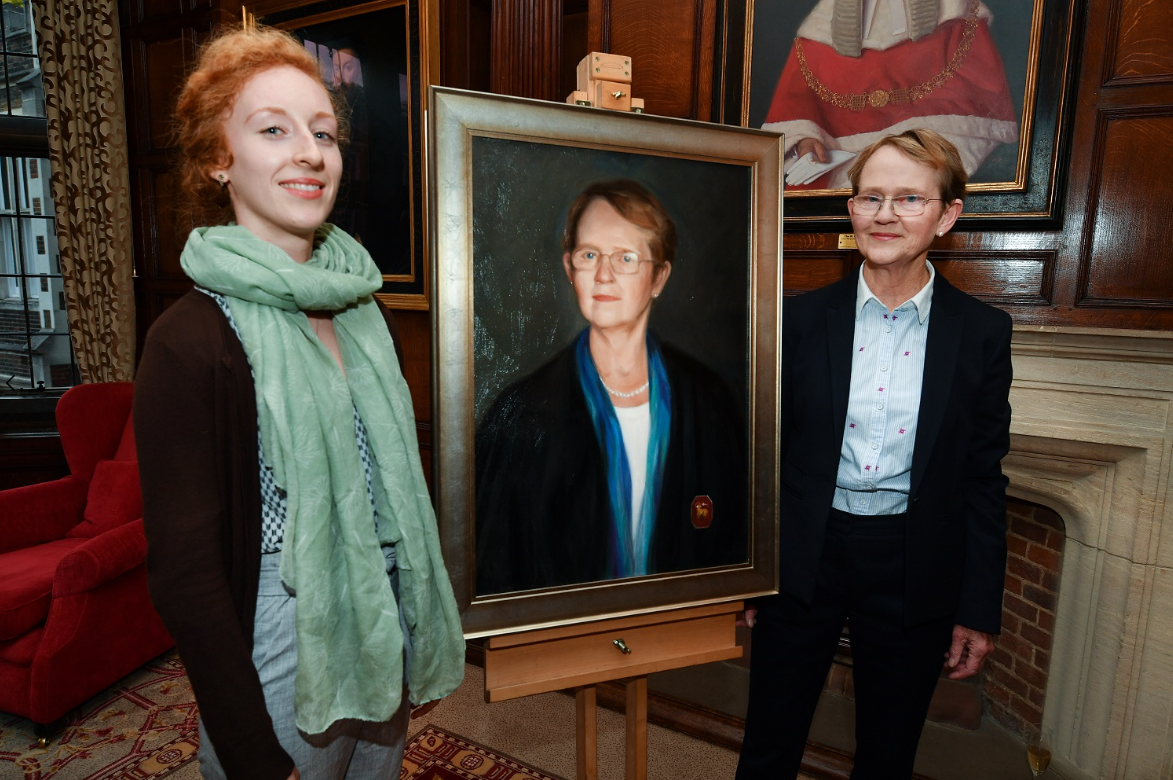Description (show / hide)
- according to length
- full length
Full length portraits were popular during 17th and 18th century in European aristocratic circles. Different standing postures were used to indicate the significance of a person's rank in the social hierarchy at a time when a higher position in society was more important than it is today.
The full body, being the central subject, gets the special attention of the viewer and that’s why, in most cases, artists use full length portraits when painting beautiful women to replicate their feminine beauty on the canvas. In men’s case, full length portraits are generally used when the man has some significant importance, or to convey special quirks or demeanor of the man as seen in Leo Tolstoy’s portrait by the Russian artist Ilya Repin.
Thus, we can say that full length portraits were used to signify a person’s importance in society.
- half length
A half-length portrait displays the upper body – up from the waist. It is the most popular and conventional portrait style in which a person can be sitting or standing. Artists generally don't add much of the background imaginary, surroundings or further context leaving the background with a flat black or another monochromatic theme.
Half Length portraits focus on a person’s facial expression and thereby limit the viewer’s focus inviting one to guess the temperament of the portrayed person.
Originating from from the renaissance era, half-length portraits are very popular.
- three quarter length
A three-quarter length portrait depicts a person upwards from the knees. That’s the simple and short definition and there isn’t much more to know, as the use of such portraits overlaps with full length and half-length portraits. It seems more like a combination of full length and half-length portraits, including a person’s pose and the surrounding context.
- kit cat
Kit-cat can be understood as a sub-genre of the half-length portraits, as it is no different with the exception that a Kit-cat always includes the person’s hands in the picture. They are also slightly less than the half-length portraits.
The name derives from the Kit-cat Club of London. It was a small group of notable people including writers and lords. Godfrey Kneller commissioned the portraits for the each member of the club. These portraits were then called the Kit-cat portraits in which the hands of the persons were included in the painting.
- bust (head and shoulders)
A bust portrait, or a Head and Shoulders portrait, is the compact version of a half-length portrait. In accordance with the term itself, the focus is on a person’s bust: this gives the painting a resemblance to a bust sculpture.
- portrait miniatures
A portrait miniature could be a full-length, half-length or three quarter length portrait. Though, due to their small sizes, most artists depicts people with half-length or bust portraits.
- according to pose
- profile
Profile paintings don't generally include the front face, as the primary focus is usually the profile of the face or the whole body.
- full face
A painting which depicts the person’s full face, whether it is looking directly at the viewer or not, is called a full-face view portrait painting. The pose is also used in photography.
A full-face portrait focuses mainly on the face describing every details. It can also be called a front-face view.
- tronie
Tronies were produced in the 17th century in the Netherlands during a Dutch Golden Age. Prior to the 17th century, people in the Netherlands were afraid of having themselves represented in portrait paintings. However, when they did the inherited social pressure made them stand in very steady, rigid and emotionless poses.
These social barriers were overcame during the Dutch Golden Age when artists started capturing the most subtle and hidden emotional depths in their paintings. The subject-person’s importance in society didn’t matter so much at this time because the people of the Netherlands were determined to capture some unique and natural emotional expressions that had previously been repressed. Subtle expressions, like a smirk or suppressed anger, were keenly portrayed.
- three quarter view
Three quarter view is neither a profile nor a full face. It is the middle way. A person’s head is posing in between the classical notion of each of the two relative poses.
- according to person(s) included
- individual
An individual portrait portrays a single person in it. Most portraits are individual portraits.
- double
A double portrait adds another person to the individual portrait. This is often used to represent an emotional bond between the two people or in some other way deriving meaning through the interplay represented by the two people. With both people having different characteristics, the resulting contrast can generate a new or layered meaning for the viewer. Thus, a double portrait offers more scope for potential meaning than a classical individual portrait.
- self
Self-portraits are paintings of the painters painted by the painters themselves; these portraits acts an a memoir in the same way that a selfie might today.
- group
A group portrait is usually thought of as one where there are many people in the scene. The scene itself should not take any attention away from the members of the group. Moreover, in a group portrait, generally, people sit or stand side-by-side in similar ways to an individual or double portraits. However, it has also been claimed that a group portrait can also be a landscape of a city, town or village where it depicts the daily activities.
|
